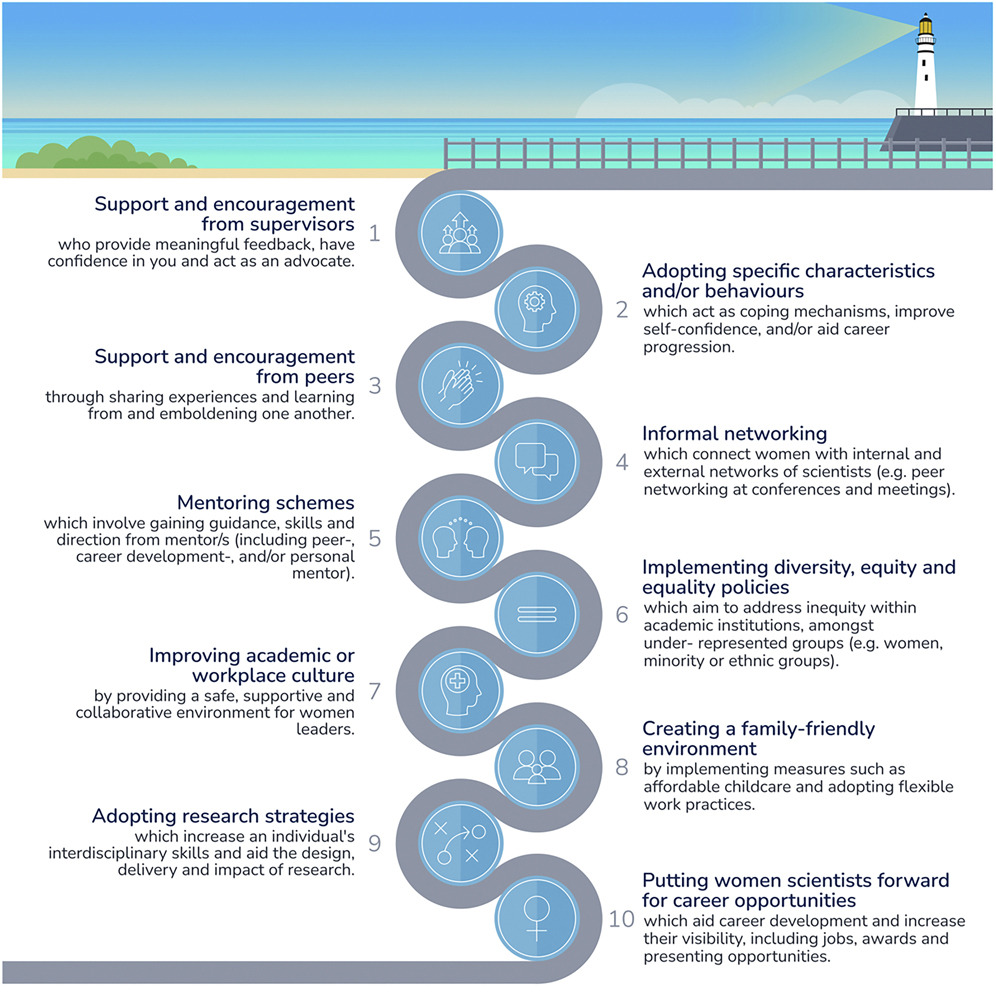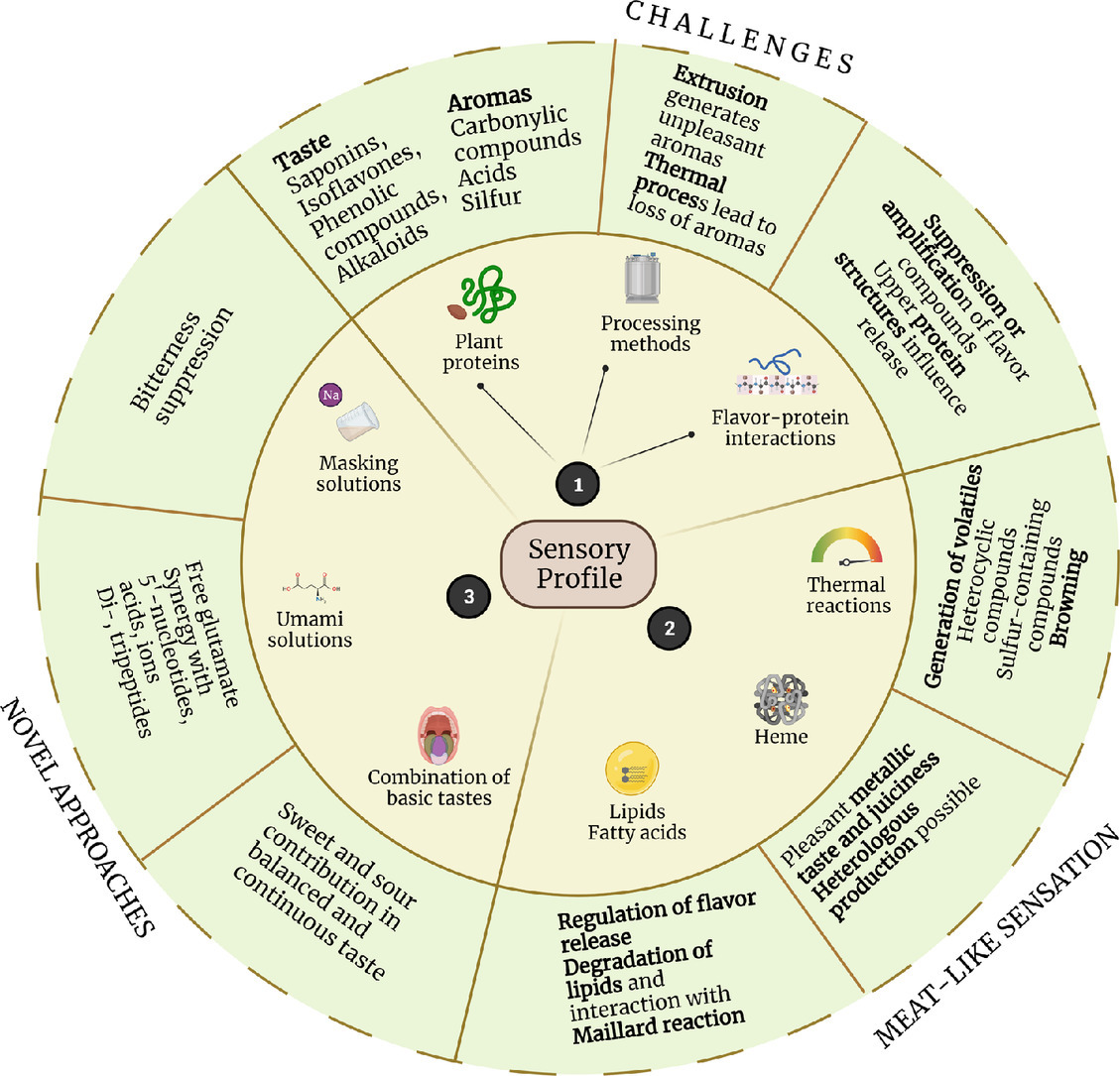Plant Extracts in Neurodegenerative Diseases, 2022, Pages 1-15
The Lancet Regional Health - Americas, Volume 10, June 2022
Michael F. Ashby, Chapter 18 - Wave Power, Editor(s): Michael F. Ashby, Materials and Sustainable Development (Second Edition), Butterworth-Heinemann, 2024, Pages 409-424, ISBN 9780323983617, https://doi.org/10.1016/B978-0-323-98361-7.00018-X.
Michael F. Ashby, Chapter 3 - What is a ‘Sustainable Development’?, Editor(s): Michael F. Ashby, Materials and Sustainable Development (Second Edition), Butterworth-Heinemann, 2022, Pages 51-68, ISBN 9780323983617.
Energy and Buildings, Volume 264, 1 June 2022
Preventive Medicine Reports, Volume 27, June 2022



